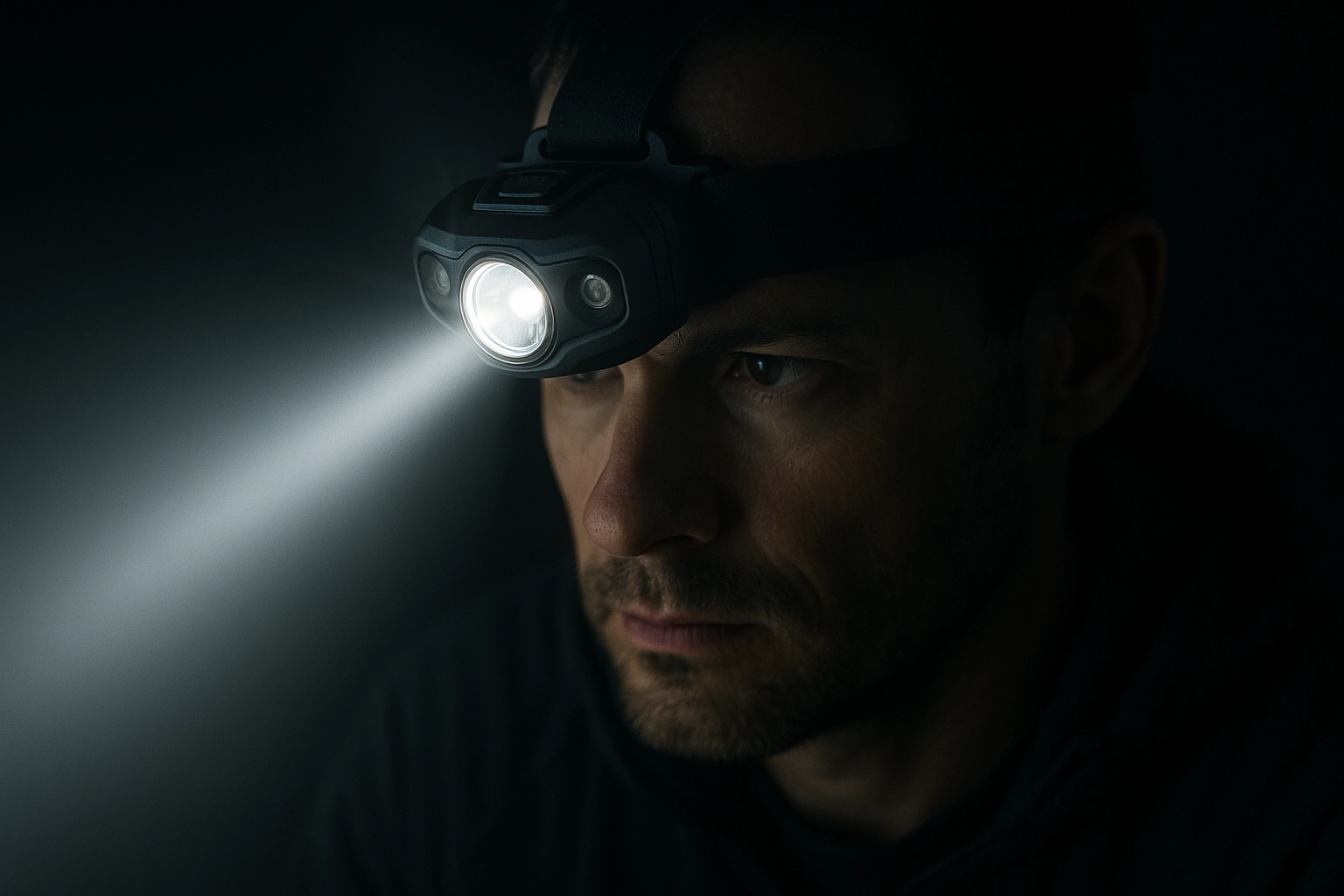IEC 62262 – Mechanical Impact Resistance (IK Rating) Testing
The IEC 62262 standard addresses mechanical impact resistance and is particularly relevant in automotive lighting, where robustness against external impacts is crucial for safety. This testing ensures that the headlamp assemblies can withstand environmental stresses such as road hazards or accidental collisions. The IK rating system categorizes the resistance to impact forces into different levels based on the kinetic energy absorbed by a specified mass falling from a defined height.
For automotive lighting, this test is critical because headlamps are exposed to various mechanical stressors during vehicle operation and maintenance. By adhering to IEC 62262, manufacturers can ensure that their products meet safety standards and perform reliably under real-world conditions. This testing helps in identifying potential weaknesses in the design, ensuring product durability, and preventing failures due to mechanical impacts.
The test setup involves positioning a specified mass at a certain height above the specimen. The mass is then allowed to fall onto the headlamp assembly, simulating an impact scenario. The resulting deformation or damage is measured and compared against predefined acceptance criteria. This process ensures that the tested component can withstand the expected mechanical impacts without compromising its performance.
Understanding the testing procedure requires a detailed look at the standards and guidelines provided by IEC 62262. Compliance with these specifications not only enhances product safety but also supports regulatory compliance, ensuring products meet international quality benchmarks.
| IK Rating | Characteristics |
|---|---|
| IK01 | No impact resistance; no protection against any impact. |
| IK02 | Minimal impact resistance. Suitable for indoor use only. |
| IK03 | Limited impact resistance suitable for outdoor use but not in areas of high traffic or heavy machinery. |
| IK04 | Adequate impact resistance suitable for general outdoor environments. |
| IK5 | Enhanced impact resistance. Suitable for outdoor areas with moderate exposure to impacts. |
| IK6 | Superior impact resistance, suitable for areas with high traffic or heavy machinery. |
| IK7 | Highly superior impact resistance. Designed for extreme environments where frequent mechanical stress is expected. |
| IK8 | Extremely high impact resistance. Suitable only for the most demanding environments, such as military or industrial applications. |
The selection of IK rating depends on the specific application and environmental conditions. For automotive lighting, an appropriate IK rating ensures that the headlamp assembly can withstand typical road hazards without compromising safety. This testing is essential for both new product development and ongoing quality assurance to maintain compliance with international standards.
By adhering to IEC 62262, manufacturers and quality managers ensure that their products meet stringent safety requirements, enhancing reliability and performance in challenging environments. This testing is particularly important in the automotive sector where mechanical integrity is paramount for both consumer safety and product longevity.
Applied Standards
The primary standard used for IEC 62262 – Mechanical Impact Resistance (IK Rating) Testing is IEC 62262: Part 1, which provides the general requirements and test methods. This standard ensures that tests are conducted consistently across different manufacturers and regions. Additionally, the standard may reference other relevant standards such as ISO or ASTM for specific aspects of testing.
| Standard | Description |
|---|---|
| IEC 62262: Part 1 | General requirements and test methods for mechanical impact resistance. |
| ASTM E367-09 | American Society for Testing Materials standard for testing the impact resistance of lamps. |
| ISO 25814:2012 | International Organization for Standardization standard for headlamp performance and test methods. |
The application of these standards ensures that the testing process is standardized, reducing variability in results and enhancing confidence in product quality. Compliance with IEC 62262 is crucial for manufacturers aiming to meet global regulatory requirements and ensure product safety and reliability.
Benefits
- Enhanced product safety through robust design against mechanical impacts.
- Improved reliability under real-world conditions.
- Reduced risk of product failure due to environmental stresses.
- Increased confidence in compliance with international standards.
- Promotion of global trade by meeting regulatory requirements.
Quality and Reliability Assurance
- Standardized testing procedures ensuring consistent results across different manufacturers.
- Prevention of product failures leading to improved long-term performance.
- Identification of design weaknesses for continuous improvement.
- Support for regulatory compliance enhancing market reputation.





